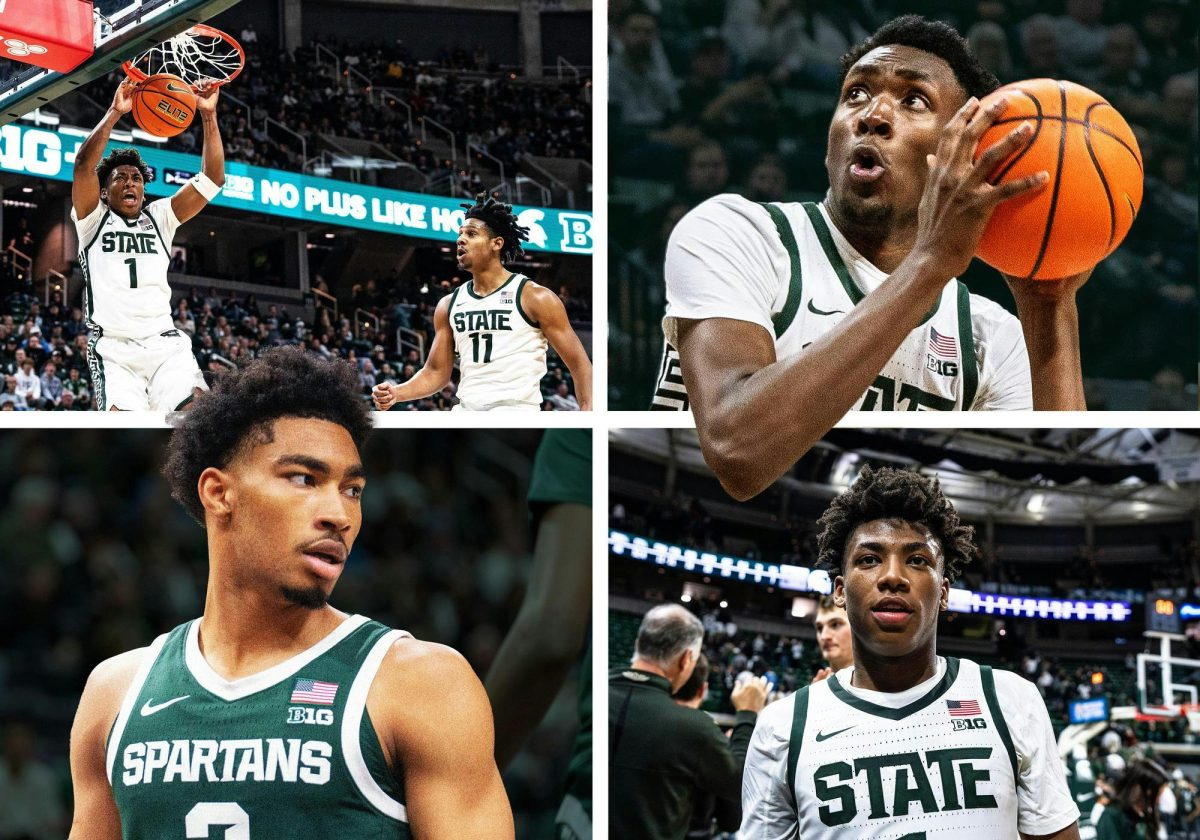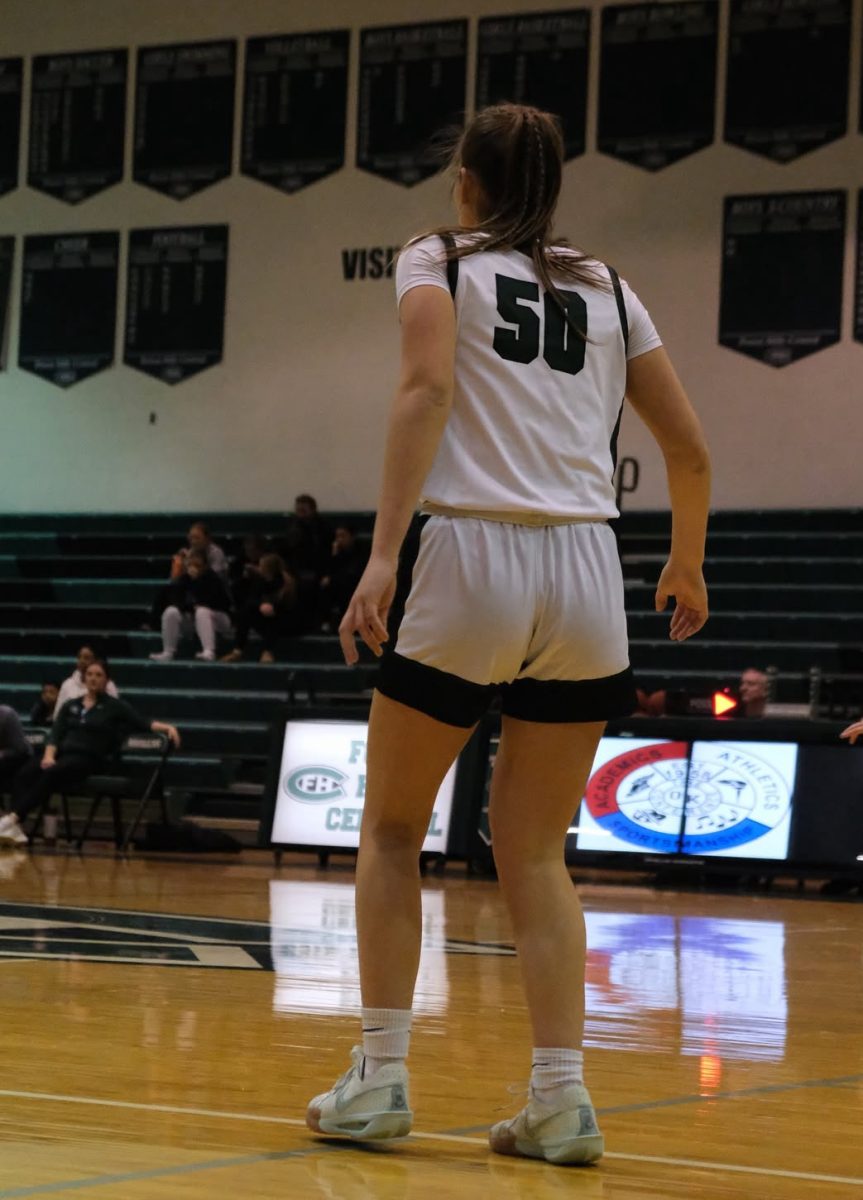With the 2023-24 Premier League season soon wrapping up, it’s important to look back on the history that has shaped what the league is now today. Ten years ago, Manchester City won the 2013-14 season and lifted the Premier League trophy above their heads, followed closely by Liverpool and Chelsea. Some aspects have changed while others remain consistent through the ten year span that has passed.
Standings
- ’24 Man City ——— ’14 Man City
- ’24 Arsenal ——— ’14 Liverpool
- ’24 Liverpool ——— ’14 Chelsea
- ’24 Aston Villa ——— ’14 Arsenal
- ’24 Tottenham ——— ’14 Everton
- ’24 Newcastle ——— ’14 Tottenham
- ’24 Man United ——— ’14 Man United
- ’24 West Ham ——— ’14 Southampton
- ’24 Chelsea ——— ’14 Stoke City
- ’24 Brighton ——— ’14 Newcastle
- ’24 Wolverhampton ——— ’14 Crystal Palace
- ’24 Fulham ——— ’14 Swansea
- ’24 Bournemouth ——— ’14 West Ham
- ’24 Crystal Palace ——— ’14 Sunderland
- ’24 Brentford ——— ’14 Aston Villa
- ’24 Everton ——— ’14 Hull City
- ’24 Nottm Forest ——— ’14 West Brom
- ’24 Luton Town ——— ’14 Norwich City
- ’24 Burnley ——— ’14 Fulham
- ’24 Sheffield United ——— ’14 Cardiff City
Notable Departures
Since the 2014 season there have been a total of eight team departures from the Premier League. At this moment in time, Southampton, Stoke City, Swansea, Sunderland, Hull City, West Brom, Norwich City, and Cardiff City are no longer competing for the Premier League trophy. Besides from the large and notable teams that we commonly know of today such as the two Manchester giants along with others like Liverpool, the Premier League is made up of more medium sized clubs fighting for a spot above the relegation line. Of the teams listed above, only a handful could be considered as medium-to-large types of teams like Sunderland and Norwich City.
New Additions
With eight teams leaving since the ’14 season, eight new squads had to make up the empty space from their relegation. A new era of medium sized clubs in the Premier League has started with the addition of Brighton, Wolverhampton, Bournemouth, Brentford, Nottingham Forest, Luton Town, Burnley, and Sheffield United. However, the common trend between these teams is the fact that all are clawing away from a relegation spot. All eight new teams since the ’14 make up the bottom half of the table as it stands now
Continued Success
While a total of eight teams have been somewhere else other than the Premier League in the last ten years, the twelve other teams have reigned upon the throne of English soccer for the past decade. Powerhouse teams fitted into the “large” category of club size have had little trouble making a run for the championship and keeping their name in the table from year to year. These are the teams we hear about on a day-to-day basis, the ones who attract the most fans, and the ones who lift the trophy every year. Teams such as the two Manchesters, Liverpool, Chelsea, Arsenal, Tottenham, Fulham, West Ham, Newcastle, Everton, and more.
Recognizable Trends
Regardless of the year or season being played, current decade or past decade, the trend within the standings stays the same. Every year we see the most expected clubs continue to top the league. This isn’t a total coincidence however; with bigger brand deals, better facilities, and more funding for player salaries, forming a winning squad is a whole lot easier. From time to time a smaller squad will make a run, but based on big picture trends over the course of many decades we see the larger clubs float to the top of the standings.
















